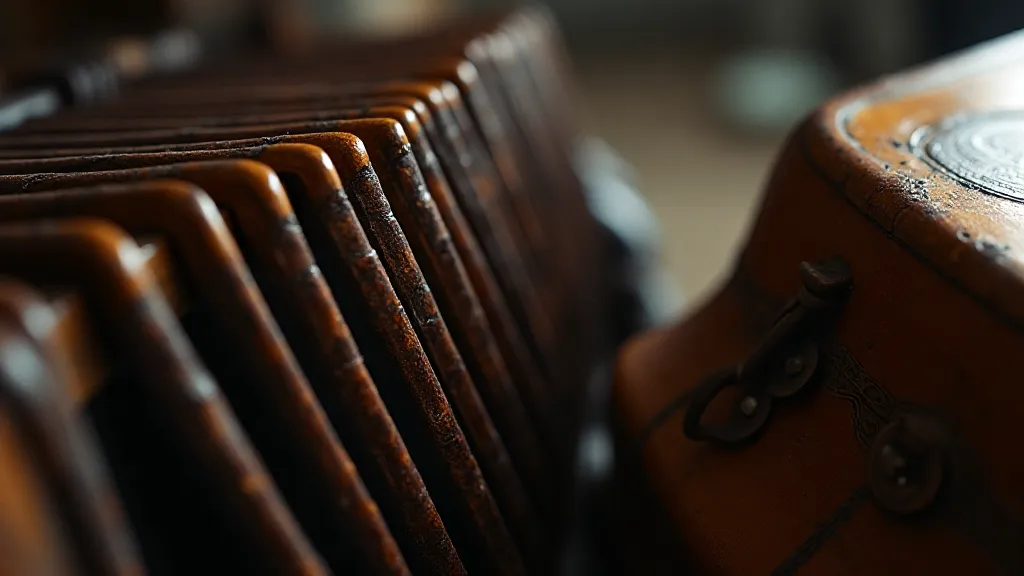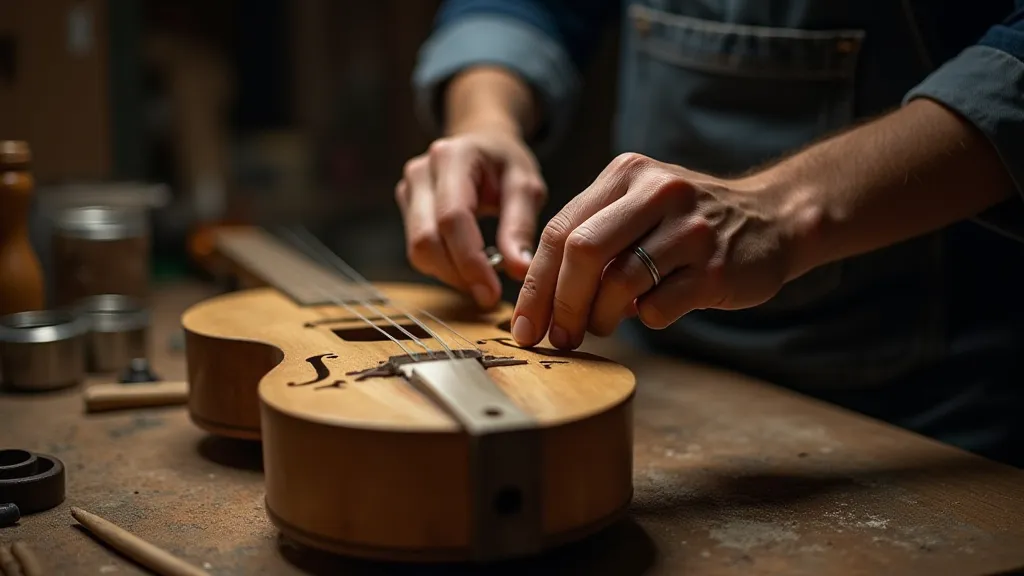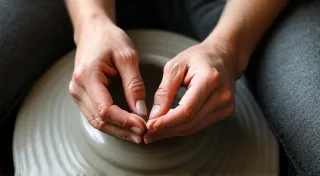Echoes of the Earth: How Landscapes Shape Regional Instrument Design
Music, at its heart, is a conversation. A conversation between the musician, the instrument, and the world around them. But what if the instrument itself began the conversation, whispering secrets of the land from which it was born? Across the globe, musical instruments aren’t just tools for creating sound; they are physical embodiments of their region’s geography, climate, and available resources. They are living testaments to the ingenuity of cultures finding harmony with their environment. This is the fascinating story of how landscapes shape regional instrument design, a story etched in wood, metal, and the very air we breathe.

The Forest’s Voice: Wood and Resonance
Consider the vast forests of Europe. The dense woodlands of Germany and Austria, for example, provided the foundation for instruments like the zither and the alpine horn. The spruce and fir trees, abundant in these regions, offered lightweight yet resonant wood, perfectly suited for crafting instruments demanding both portability and projection. The shape of the alpine horn itself, often long and coiled, isn't merely aesthetic; it’s dictated by the mountainous terrain. The curvature allows the horn to navigate tight spaces and project sound over considerable distances in valleys. Imagine shepherds tending their flocks, using the horn’s deep resonance to communicate across miles – a sonic thread woven into the fabric of the landscape.
Moving eastward, the birch forests of Russia and Scandinavia influenced the development of the balalaika and the nyckelharpa. The unique tonal characteristics of birch, brighter and more percussive than spruce, contribute to the distinct sound of these instruments. The nyckelharpa, with its tuned sympathetic strings, is particularly evocative of the Nordic landscapes - its sound somehow both melancholy and hopeful, reflecting the long winters and short summers. Preserving the knowledge and traditions surrounding these instruments extends beyond the craft itself; it’s about safeguarding the cultural identity of a community, a concept deeply explored in articles like Beyond the Maker: The Role of Community in Instrument Maintenance and Preservation.
Desert Rhythms: Materials of Scarcity
The challenges presented by arid environments often lead to ingenious adaptations. In the deserts of North Africa and the Middle East, where timber is scarce, resourceful musicians turned to readily available materials. The oud, a cornerstone of Arabic music, traditionally employed hollowed-out gourds for bodies and animal skins for soundboards. The deep, resonant tones of the oud, shaped by these unconventional materials, became intrinsically linked to the desert’s vastness and quiet solitude. The process itself – the careful selection of gourds, the stretching and curing of animal hides – was a ritual, a connection to the land.
Similarly, in the Andes Mountains of South America, where the climate is harsh and timber resources are limited, the zampona, a panpipe made from river reeds, flourished. Each reed is carefully chosen and tuned, creating a complex and haunting sound that mirrors the stark beauty and the wind-swept landscapes of the high plateaus. The portability of the zampona also allowed nomadic communities to carry their music with them, preserving their cultural heritage across generations. It's a poignant reminder that even in the most challenging environments, the human spirit finds ways to create beauty and express itself. The stories woven into these instruments, sometimes obscured by time and circumstance, highlight the profound silence that can descend when traditions are lost – a theme explored in The Silence Between Notes: Ritual and the Lost Voices of Instruments.
From Coral to Clay: Unexpected Sound Sources
The ingenuity of instrument makers extends beyond predictable materials. In some cultures, the very elements themselves became sources of sound. Polynesian instruments, such as the nose flute (pūtōrino), often utilize bamboo, abundant in the islands’ lush rainforests. The natural hollows and textures of the bamboo contribute to the instrument’s distinctive, breathy sound. In coastal regions, instruments have sometimes been crafted from seashells, coral, or even clay – materials shaped by the ocean's relentless forces. The inherent imperfections in these naturally sourced materials often contribute to the instrument's unique character, a quality that many artisans celebrate – something akin to The Imperfect Melody: Embracing Flaws in Regional Instrument Character.

The Accordion's Tale: A Blend of Cultures and Resources
The accordion, a relatively modern instrument, offers a compelling example of this geographical influence. Its development wasn’s confined to a single region; rather, it’s a fascinating amalgamation of traditions. The bellows mechanism, with roots in ancient bagpipes, points towards European origins. However, the chromatic keyboard, a feature of many accordions, reflects influences from instruments like the piano and the harmonium. The materials used – wood for the body, reeds for the sound, and leather for the bellows – vary depending on regional availability. German accordions often utilize spruce for their clarity, while Italian accordions may favor maple for a warmer tone. The complexity of the instrument itself mirrors the interconnectedness of cultures and the sharing of musical ideas.
I recall visiting a small accordion restoration workshop in Austria. The elderly craftsman, Herr Schmidt, meticulously repaired and restored antique instruments. He spoke with deep reverence for the materials and the history embedded within each accordion. "Each accordion," he said, "tells a story. A story of the forest that provided the wood, the artisan who shaped it, and the musician who poured their soul into it.” He showed me an accordion crafted from unusual fruitwood, brought over from Eastern Europe centuries ago. The wood’s density and resonance were unlike anything he's encountered, producing a sound that was both haunting and uniquely expressive. The profound impact of these regional influences is shaping the work of contemporary composers, who are seeking new ways to incorporate these traditional instruments into their own music - see The Composer's Canvas: Regional Instruments Inspiring Contemporary Music.
More Than Just Sound: Cultural Echoes
The connection between regional instruments and the landscape extends beyond mere construction materials. The music itself is often deeply intertwined with the region’s traditions, rituals, and folklore. The rhythms of African drums often mimic the natural rhythms of the rainforest. The melodies of Celtic harps echo the rolling hills and misty landscapes of Ireland. The very act of playing these instruments becomes a form of cultural preservation, a way of transmitting stories and values across generations. The instrument becomes a symbol, a living embodiment of the region’s identity.

Preserving the Legacy
As the world becomes increasingly interconnected, it is crucial to recognize and preserve these unique regional instrument traditions. The loss of an instrument isn't simply the loss of a musical object; it's the loss of a cultural heritage, a piece of the landscape itself. Supporting instrument makers, collecting antique instruments, and promoting traditional music are all ways to ensure that these echoes of the earth continue to resonate for generations to come. These instruments aren't just objects to be admired; they are living testaments to the human spirit's ability to find harmony with its environment and to transform the ordinary into the extraordinary. The long-term impact of globalization on these intricate traditions is a topic worthy of deeper investigation, and a constant vigilance is needed to ensure their survival. The legacy of these instruments often transcends their musical value, becoming powerful symbols of cultural identity and resilience, deeply intertwined with the very fabric of the landscapes they represent. The nuanced interplay of historical context, artisan skill, and the natural environment creates a unique tapestry of sound and meaning that demands our utmost respect and protection. Further exploration into the philosophical underpinnings of this connection might reveal deeper truths about human creativity and our place in the cosmos. The enduring power of these instruments lies not only in their ability to produce beautiful sounds but also in their capacity to evoke emotions, spark memories, and foster a sense of belonging, linking us to our past and inspiring us to create a better future.





